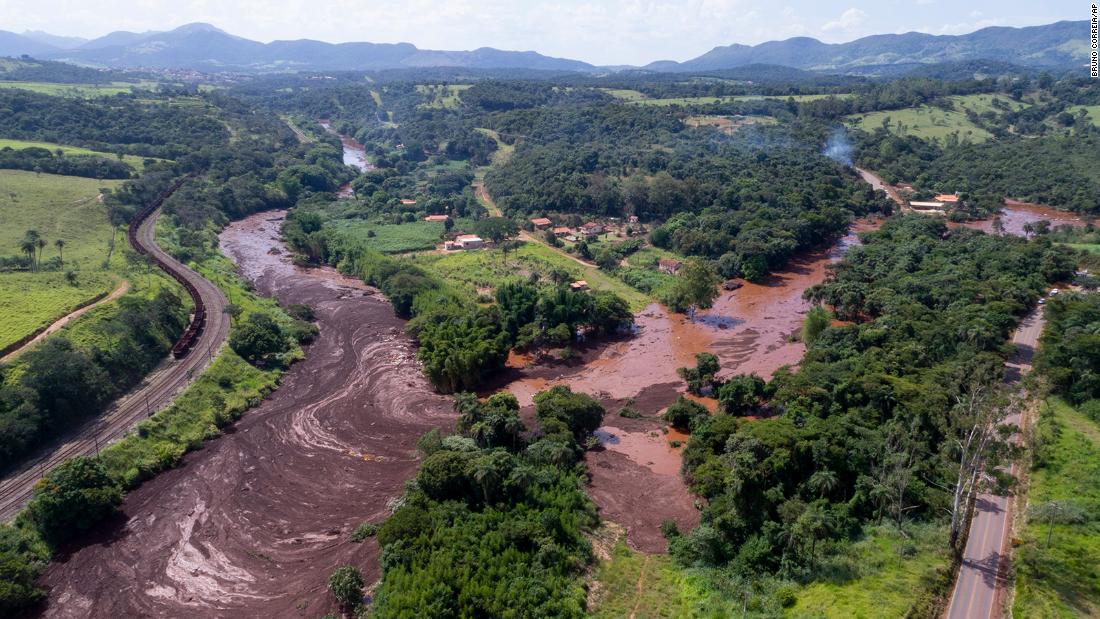The agreement with Minas Gerais, announced Thursday, is the largest in the country’s history, according to local media. The Minas Gerais Court of Justice mediated the agreement, which will provide resources for the affected communities, emergency relief and resources for urban mobility.
“Vale is committed to fully repairing and indemnifying the damages caused by the Brumadinho tragedy and to increasingly contributing to the improvement and development of the communities where we operate,” said CEO Eduardo Bartolomeo in a statement.
The disasters, which left thousands of families in mourning, renewed the scrutiny of company practices and environmental regulations in Minas Gerais.
Vale said that since the last violation, two years ago, the company has tried to work “with affected families, providing assistance to restore their dignity, well-being and livelihoods”.
“In addition to meeting the most immediate needs of the people and regions affected, it is also working to deliver projects that promote lasting change to restore communities and benefit the population effectively,” the company said in its statement.
– Marcia Reverdosa, Sheena McKenzie and Michelle Toh contributed to this report.
